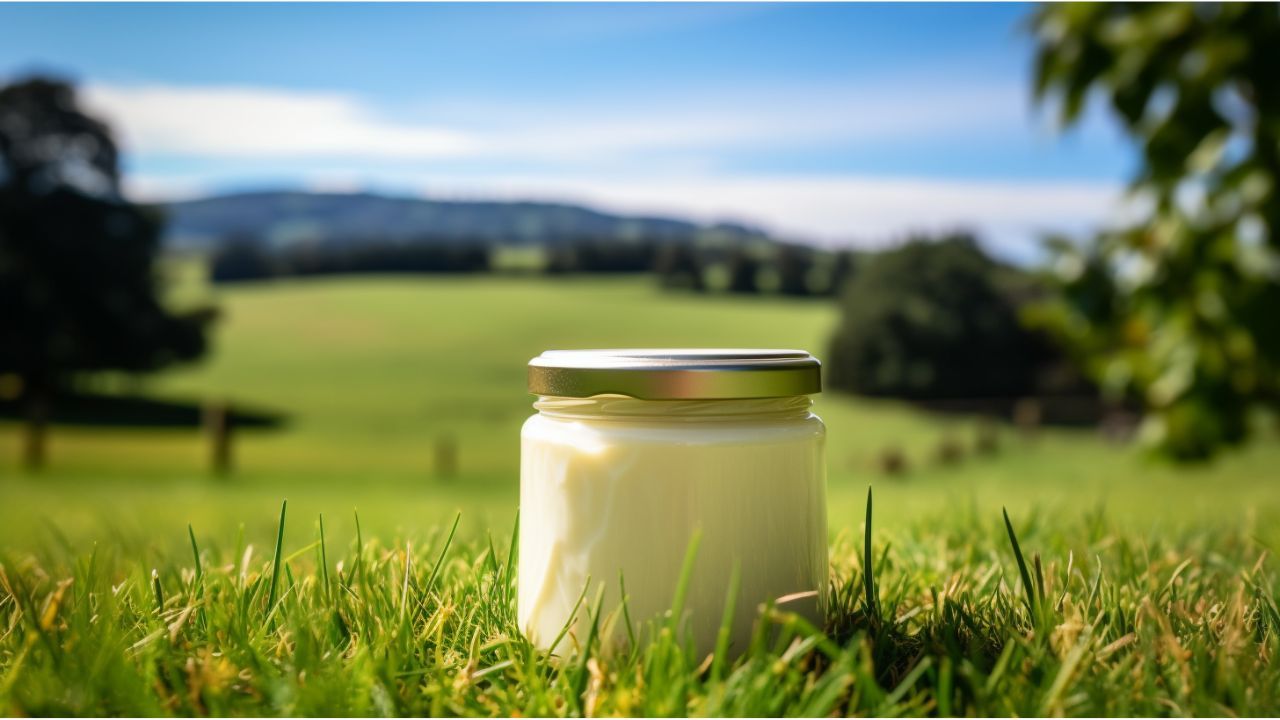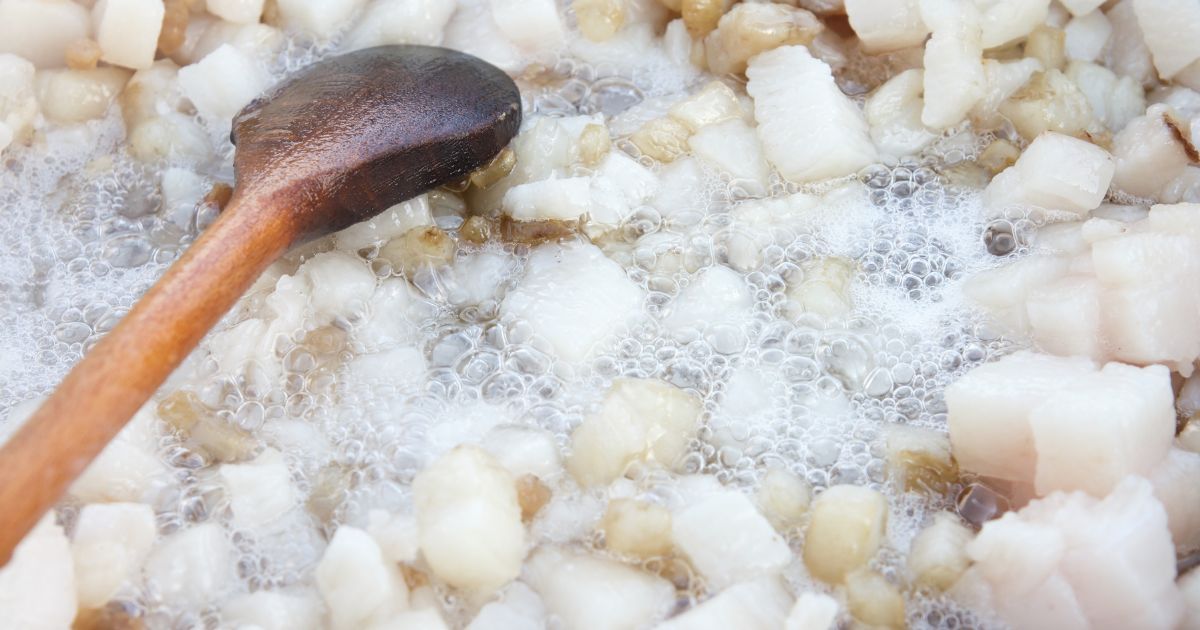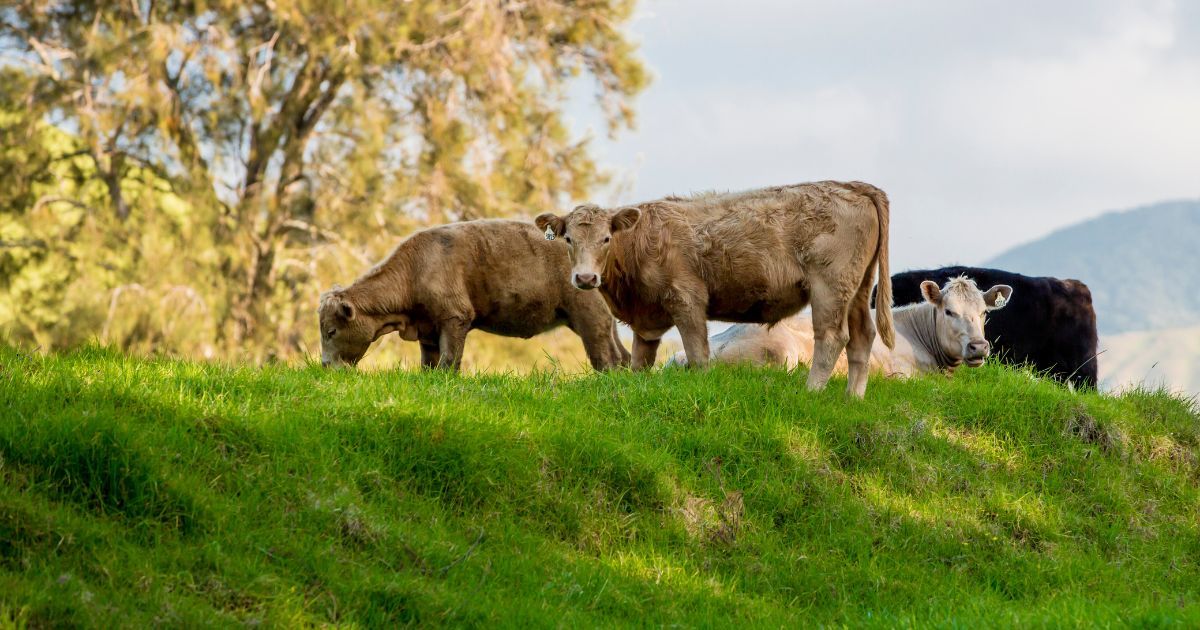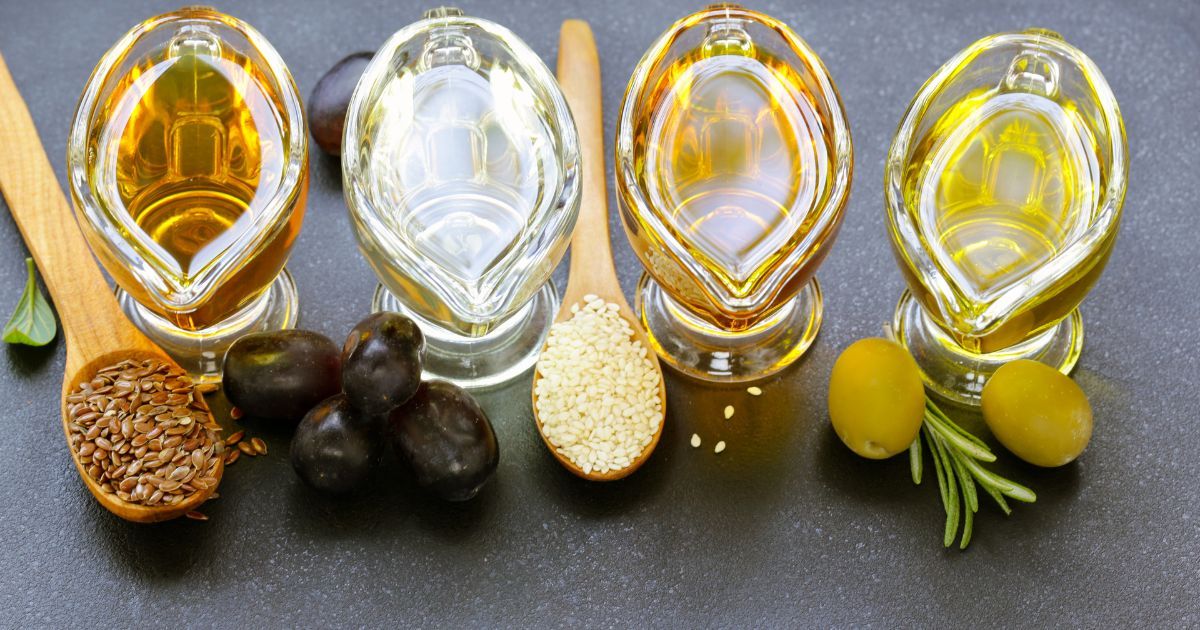
Health Benefits of Beef Tallow | The Superfood You Need
Dive into our latest article about the health benefits of beef tallow. It's not just a cooking fat, it's a path to better health!
Have you ever heard about beef tallow?
If not, it's about time we introduced you to this fantastic food product that has been a part of the human diet for centuries.
Beef tallow, once a common ingredient in kitchens around the world, is making a comeback.
Why, you ask?
It's because more and more people are rediscovering the incredible health benefits that this traditional fat offers. But before we get into the world of beef tallow and its benefits, let's take a step back and understand what it is.
What is Beef Tallow?
Beef tallow, simply put, is rendered fat from beef.
It's the end product you get when you slowly heat beef fat trimmings until all the impurities have been skimmed off, leaving behind a pure, golden liquid that solidifies at room temperature.
How is Beef Tallow Produced?

The process of making beef tallow starts with beef suet, which is the hard fat found around the loins and kidneys of a cow.
This suet is carefully removed, chopped into small pieces, and then slowly heated over low heat.
This low and slow heating process allows the fat to melt away from any connective tissue, and after several hours, you're left with a clear, clean fat that is strained and left to cool and solidify.
Characteristics of Beef Tallow
At room temperature, beef tallow is typically solid and white or off-white in color.
It has a mild, meaty flavor that is less pronounced than other animal fats like lard or duck fat.
One of its key characteristics is its high melting point, which makes it an excellent choice for frying and sautéing.
Grass-fed Tallow vs Regular Tallow

While all beef tallow offers some level of health benefits, grass-fed tallow is superior.
Cows that are grass-fed produce tallow that is richer in nutrients, including Vitamin E, Vitamin K, and conjugated linoleic acid (CLA), a type of fat that has been linked with health benefits such as improved immunity and anti-inflammatory properties (source).
| Nutrient | Grain-fed Beef | Grass-fed Beef |
|---|---|---|
| Vitamin E (mg/g muscle) | 0.4-0.7 | 2.12-3.61 |
| Vitamin K (% of muscle) | NR | 56.9-103.7 |
| Conjugated Linoleic Acid (CLA) (mg/g muscle) | 133.7-209.3 | 272.8-463.3 |
The Health Benefits of Beef Tallow
Beef tallow is not just any fat, it's packed with a wealth of nutrients that your body will thank you for.
From being rich in healthy fats and fat-soluble vitamins to promoting skin health and aiding in weight loss, beef tallow is indeed a superfood in its own right.
- Rich in Healthy Fats: Unlike most commercial cooking oil, beef tallow is high in monounsaturated fats, which are the same heart-healthy fats found in avocados and olive oil. These fats have been associated with reduced levels of LDL (bad) cholesterol and increased HDL (good) cholesterol (source).
- High in Fat-Soluble Vitamins: Beef tallow is a great source of vitamins A, D, E, and K, all of which are fat-soluble, meaning they need fat to be absorbed by the body. These vitamins play crucial roles in everything from maintaining healthy vision to supporting bone health.
- Contains Stearic Acid: Stearic acid is a type of saturated fat found in beef tallow that has been linked to lower LDL cholesterol levels (source). This is contrary to the popular belief that all saturated fats raise cholesterol.
- Source of Conjugated Linoleic Acid: Beef tallow contains conjugated linoleic acid (CLA), a fatty acid that has been associated with a host of health benefits, including improved immunity, and anti-inflammatory properties, and may lead to fat burning contributing to weight loss (source).
- Supports Immune System: The fatty acids in beef tallow, especially palmitic acid and CLA, have been shown to support the immune system.
- Promotes Skin Health: The vitamins and fatty acids in beef tallow can help maintain healthy skin. In fact, it's been used as a moisturizer and skin protector for centuries!
- Aids in Weight Loss: Beef tallow can help you feel satiated, reducing the need for constant snacking. As stated above, the CLA it contains may help your body burn fat more efficiently (source).
Comparison with Other Fats and Oils

When compared to vegetable oils, coconut oil, olive oil, avocado oil, canola oil, and seed oils, beef tallow stands out for its nutrient density and high smoke point, making it ideal for cooking at high temperatures.
While olive oil, avocado oil, and coconut oil also have health benefits, they don't offer the same range of nutrients as beef tallow. For instance, they lack the high levels of Vitamin D and CLA found in tallow.
Vegetable oils, canola oil, and seed oils, on the other hand, are often highly processed and can contain trans fats, which have been linked to heart disease (source).
Oil Comparison Chart
| Oil | Nutrient Density | Smoke Point (°F) |
|---|---|---|
| Beef Tallow | Rich in vitamins A, D, K, E, and B12, choline, and CLA[1] | 400°F[2] |
| Coconut Oil | Rich in saturated fats, medium-chain triglycerides (MCTs) | 350°F (virgin), 450°F (refined)[3] |
| Olive Oil | Rich in monounsaturated fats (oleic acid), antioxidants, and vitamins E and K | 320°F (extra virgin), 420°F (virgin), 465°F (extra light)[3] |
| Canola Oil | Rich in monounsaturated fats, omega-3, and omega-6 fatty acids | 400°F[3] |
| Seed Oils (e.g., sunflower, soybean, corn) | Rich in omega-6 fatty acids, polyunsaturated fats | 440°F (sunflower), 450°F (soybean), 450°F (corn)[3] |
| Avocado Oil | Rich in monounsaturated fats (oleic acid), polyunsaturated fats, carotenoids, and other antioxidant-rich nutrients[1] | 520°F[4] |
